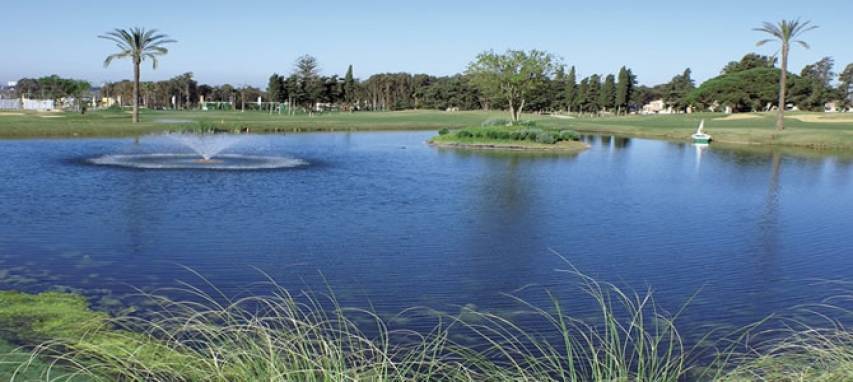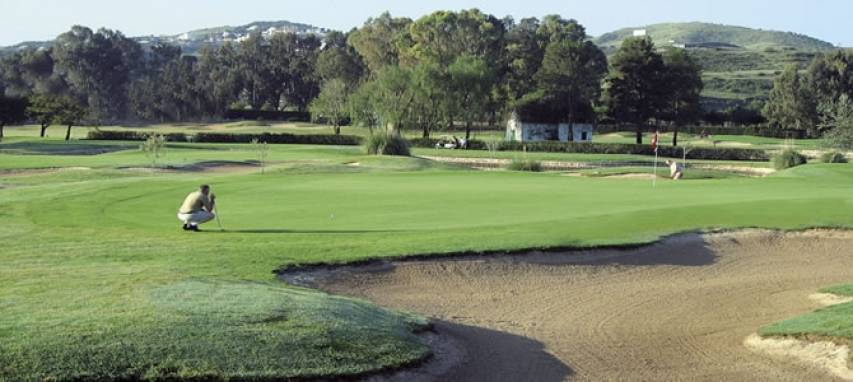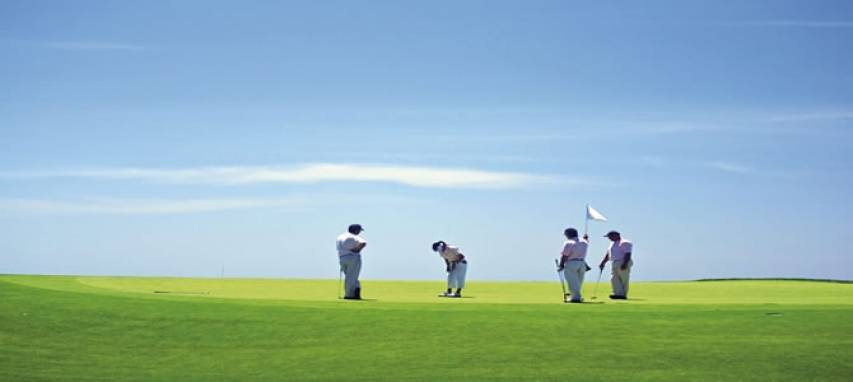He represents the fourth generation of golfing pros in his family – an exceptional case in both Spain and the whole of Europe. Before him, his great-grandfather, grandfather and mother were golf teaching pros in Spain.
He has been the manager of the Río Real Golf Academy (Marbella) since 2007 and is one of the few Spanish pros – just four in total – to have obtained the TPI (Titleist Performance Institute) certificate at all levels (I, II and III), one of the first certificate-holders at a national level. In 2009 he studied 3D Biomechanical Analysis in the United States. All of this places Sergio de Céspedes at the highest level when it comes to golf coaching.
We asked him what made the Río Real academy stand out from others. “I would say,” he replied, “in the quality of the teaching, its planning, the personalisation of classes…
“And what tools do we use for this? Well, the most technologically advanced available: a biomechanical system with optic sensors for swing and putting analysis that few academies have. We also use the innovative Sam PuttLab to study this club – the latest at an international level.
Our system is based on visual analysis of the ball’s flight and the swing dimensions, examining 50 reference points with the objective of achieving an Efficient Personalised Swing.
“But these are only working tools, and they don’t help much if the coach is not properly trained. For the past six years I have been fortunate to be part of the National Professionals Committee and to be a national coach for junior teams with the Royal Spanish Golf Federation, so that means I have to be aware of latest developments in coaching and constantly update and refresh my knowledge.”
Do you believe that new technologies are a decisive factor in teaching people to play golf?
As I noted before, this is just another tool that you need to know how to use. It is not essential, but properly used it is very useful. I always give an example: a person goes to the doctor with a pain in their wrist, and it might be a very good and experienced doctor who, with his touch and clinical eye, can make a sound diagnosis and prescribe a cure. However, I think it would always be a better option to do an X-ray, even a scan, to confirm if there is a break or not, to know exactly where the problem is occurring and to prescribe a precise cure.
That’s what we do at our academy: diagnose the student’s problems using the technology we have available and therefore be clear about what is happening, what solution needs to be applied, what corrections should be made if necessary, etc. Then it’s a matter of how these solutions are applied and by whom.
Did you begin playing at a young age?
Yes, at 10 years, although in my case I lived in a golfing ambience right from the start because my mother, Begoña de Céspedes, was a golf pro, the only female one in Spain at the time. Her father, my grandfather Ernesto, had been a professional at Puerta de Hierro Club in Madrid, then in Morocco, and he finished his career at the Parador de Málaga, bringing with him the Conde de Nájera. My great-grandfather Ernesto had also been a golf professional at the start of the 20th century. So we now represent four generations dedicated to teaching golf in Spain.
Is this the longest dynasty you are aware of?
I’ve checked in Spain and outside the country, and I haven’t found anyone beating that: three generations at the most.
What does that mean to you: responsibility, pride…?
It’s an honour to be part of this dynasty and to continue passing on old golfing values, which in some ways are being lost: sacrifice, perseverance, a love of the sport… I would like my daughters – who also play – to be the fifth generation of golf professionals, something which would be unique in the world. But without forcing or pressuring them, of course. The same as was the case with me…







